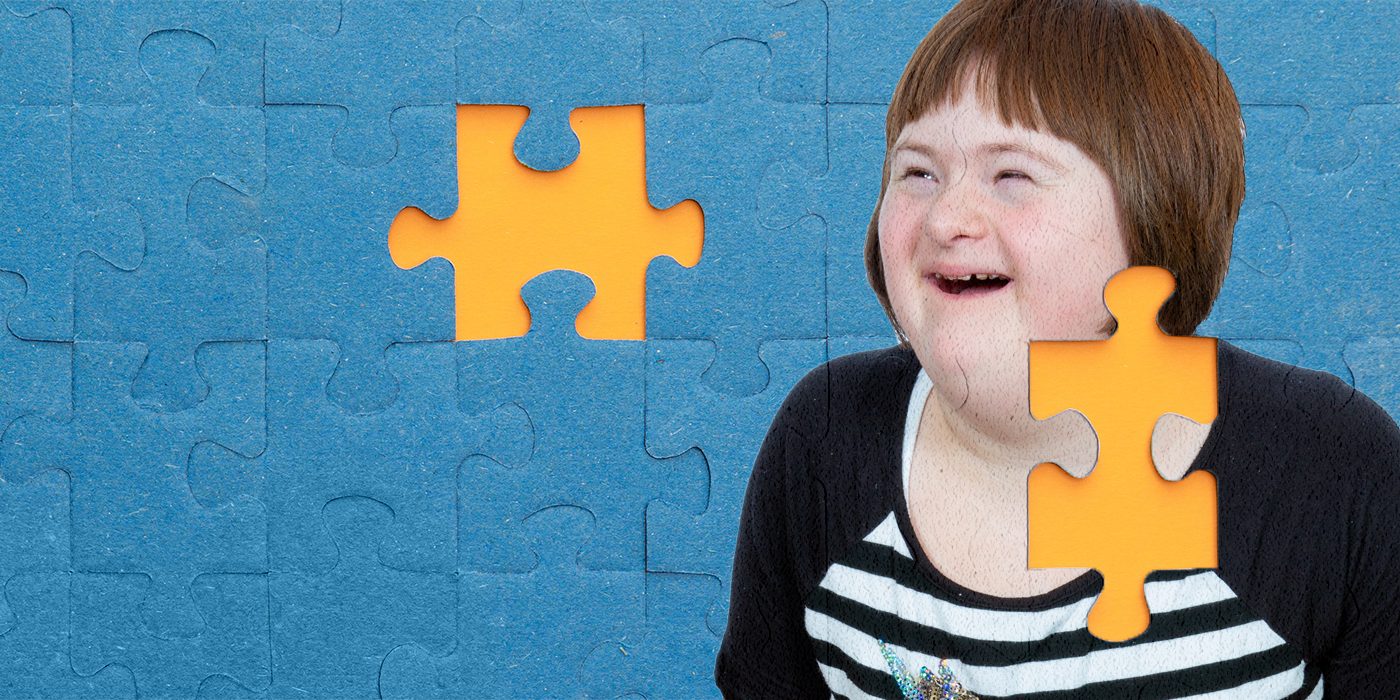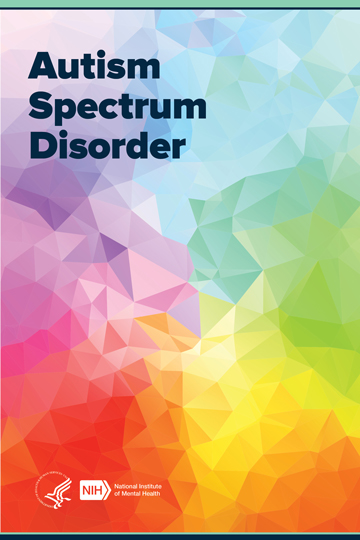Innovative Treatments and Treatments: Breakthroughs in Autism Research Study
Innovative Treatments and Treatments: Breakthroughs in Autism Research Study
Blog Article
Checking Out Autism: Methods for Efficient Communication and Communication
Effective interaction and interaction with individuals on the autism range require an extensive understanding of their unique demands and preferences. The details of these strategies expose further factors to consider that merit expedition, particularly in just how they can be adapted to individual experiences and varied contexts.
Understanding Autism Spectrum Problem
Autism Spectrum Problem (ASD) includes a range of neurodevelopmental problems identified by difficulties in social communication, communication, and recurring habits. The term "range" shows the varied indications and varying levels of seriousness experienced by people with ASD. While some might show substantial problems, others might display high-functioning attributes, allowing for better freedom in day-to-day live.
The beginning of ASD usually takes place in very early childhood, with indications often recognizable by age 2. Very early indications may include delayed speech growth, limited eye contact, and problems in comprehending social signs. The specific etiology of ASD continues to be unclear, research recommends a combination of genetic and environmental factors plays an essential function in its advancement.
As a result, treatments and assistance tailored to specific requirements are important for fostering interaction and social abilities. Acknowledging the intricacy of ASD is crucial for promoting recognition, acceptance, and reliable strategies that facilitate significant interactions with people on the spectrum.

Importance of Clear Interaction
Reliable interaction is crucial for promoting understanding and connection, specifically for people with Autism Spectrum Disorder (ASD) Clear communication not just assists in social interactions but additionally improves the individual's ability to share their demands, feelings, and thoughts. For individuals with ASD, the subtleties of language can usually be testing; for that reason, using unambiguous and uncomplicated language is necessary.
Furthermore, clear interaction helps in reducing stress and anxiousness that may arise from misconceptions. When messages are conveyed in a direct and regular fashion, individuals with ASD are much better geared up to analyze info properly, which can substantially improve their social involvement and participation in numerous settings.
Establishing regimens and using aesthetic assistances can further reinforce clear interaction. These strategies supply people with predictable structures that help comprehension and retention of info. In addition, actively being and paying attention patient during interactions advertises a supportive atmosphere where people with ASD feel valued and comprehended.
Eventually, focusing on clear communication not only encourages people with ASD but also promotes even more purposeful connections with their peers, caregivers, and the larger area, leading the way for inclusive interactions and collective partnerships. - autism
Non-Verbal Communication Techniques
Communication prolongs past words, and for people with Autism Range Problem (ASD), non-verbal signs play a significant role in interactions. Non-verbal communication techniques can include faces, gestures, body language, and eye get in touch with, all of which serve as important elements for sharing feelings and purposes.
Comprehending and analyzing these non-verbal signals can improve interactions with people check my reference with ASD. As an example, a cozy smile or open pose can produce a welcoming atmosphere, encouraging involvement. Similarly, using aesthetic help-- such as photo cards or signs-- can bridge interaction spaces and assist convey messages a lot more efficiently.
It is additionally crucial to be mindful of personal space, as people with ASD may have various convenience degrees concerning proximity. Observing their responses to physical closeness can educate appropriate changes.

Creating Helpful Settings
Creating a supportive environment is crucial for promoting positive interactions and improving the wellness of individuals with Autism Spectrum Condition (ASD) Such settings can considerably lower anxiety and create a feeling of safety, permitting individuals to share themselves more freely.
To achieve this, it is necessary to think about sensory sensitivities that individuals with ASD may experience. Changing the physical room to consist of soft illumination, very little history sound, and comfortable seats can produce a soothing atmosphere. Furthermore, using consistent regimens and clear aesthetic routines can aid people expect transitions and reduce unpredictability, further promoting comfort.
Social spaces ought to be structured to lessen overwhelming stimulations while providing opportunities for engagement in preferred activities. Helping with areas assigned for silent time can likewise offer as a sanctuary during moments of stress and anxiety. Significantly, incorporating aspects of selection empowers individuals, enabling them to exercise company in their environment.

Urging Social Communications
Promoting social communications amongst individuals with Autism Range Disorder (ASD) needs deliberate approaches that prioritize convenience and engagement. Developing foreseeable routines can assist minimize stress and anxiety, making social setups more approachable. Developing structured atmospheres with specified duties and roles allows individuals to engage without the frustrating stress of unstructured social characteristics.
Integrating passions and strengths into social activities can work as a driver his response for interaction. As an example, arranging group tasks around shared leisure activities or subjects of attraction can help with all-natural conversations and links. Additionally, making use of visual assistances, such as photographic schedules or social scripts, can assist in understanding social cues and expectations.
Modeling ideal social actions is important - autism. Peers and grownups must demonstrate efficient interaction techniques, including energetic listening and turn-taking. Role-playing scenarios can likewise provide a safe space for individuals to i thought about this exercise these abilities
Lastly, cultivating peer relationships through inclusive techniques is crucial. Urging comprehensive playdates or group getaways can develop chances for socializing in a comfy setup. By executing these strategies, instructors and caretakers can significantly improve social communications for individuals with ASD, advertising their general social development and wellness.
Verdict
In conclusion, reliable communication and communication strategies are important for supporting individuals with Autism Spectrum Problem. Eventually, these methods equip people with autism to navigate social landscapes, promoting their general wellness and enabling the development of long lasting connections.
Effective communication and interaction with people on the autism spectrum necessitate an extensive understanding of their distinct requirements and preferences. Clear communication not just assists in social interactions yet also enhances the individual's capability to express their feelings, thoughts, and requirements.Fostering social interactions among people with Autism Range Condition (ASD) requires willful strategies that focus on comfort and interaction. By implementing these caregivers, methods and instructors can significantly enhance social communications for people with ASD, promoting their general social development and wellness.
In conclusion, reliable communication and interaction methods are necessary for sustaining people with Autism Spectrum Disorder.
Report this page